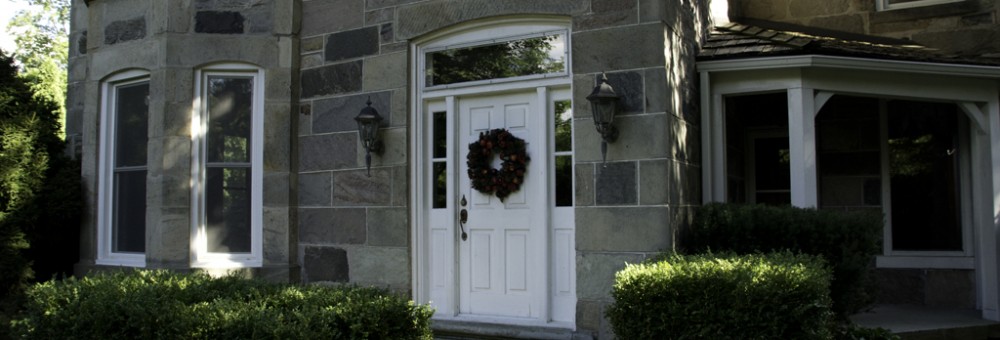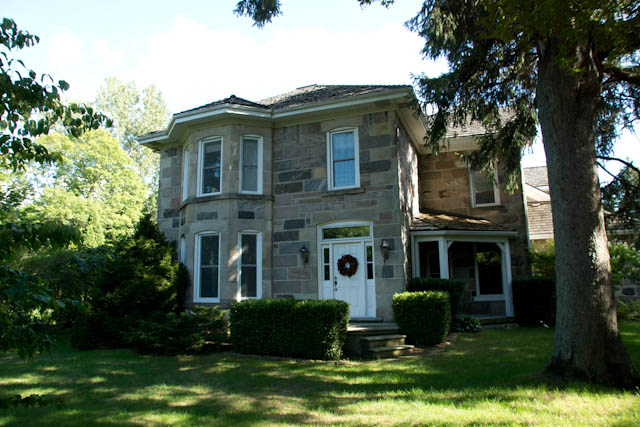While we were at a short list of one, there was still a question of whether the other property would work for us. The space was great, the buildings seemed to be in good condition, and the grounds were gorgeous. But, in keeping with typical farmhouse construction, where travel by horse meant keeping distances short, the house is closer to the road than we would desire.
While the road isn’t a major secondary road (it doesn’t really go from anywhere to anywhere) it is certainly the main road from town through to the main highway, which means it gets its share of traffic. And visiting the house the previous day highlighted the amount of road noise while standing outside. So, while everything else about the property worked, the noise was a major sticking point.
We currently live in downtown Toronto. Noise is an ever-present reality, but one that you just have to expect if you choose to live in the thick of things. It’s a bonus to be so close to pretty much everything, but you have to learn to accept the noise – and to largely ignore it. It had become quickly clear to Dianne, however, that for our place in the country, silence (with the possible exeption of crickets) was to be much preferred.
This meant that, for all that we loved the house, if we couldn’t figure out something to do with it, it was going to drop off the list. We briefly settled on a plan: go back to the house and listen again, and meet with a landscaper to figure out what we could do.
Dianne, resident queen of the Internet, also did some searching, and found some great resources. In particular, an episode of ‘This Old House’ had actually dealt with a problem very similar to ours, of an old farmhouse right on a road, and explored in detail what they had done to alleviate the noise. In essence, there are two options: abatement and mitigation. Figure out a way to reduce the actual noise, or find a way to hide it.
In terms of abatement, the optimal option is a wall. A tall, thick, solid wall. This can come in a number of forms – there are custom solutions involving two panels stuffed with insulation, and various different types of fencing. What these options must have in common, however, is a solid structure with no gaps. Cracks, holes and spaces let noise through. A four foot high solid wall can reduce noice by 6dB (or in practical terms, it cuts noise in half; every increase of 6dB is a doubling of noise). A five foot wall will reduce noise by 10dB, or almost 75%.
Mitigation means, essentially, fighting fire with fire. Making noise to reduce the noise. In particular, water features are great for creating a constant background level of white noise that masks the more intermittent (and therefore more annoying) road noise of cars and trucks passing on the street.
Certainly, a wall would be in keeping with the character of the house. Particularly a stone wall, with periodic columns and maybe some ornate light fixtures. In fact, they would make an already pretty impressive entrance lined with yew trees that much more spectacular. The downside, however, is expense. By our estimate, we’re looking at somewhere between $40 and $50 per square foot for a wall. At 5 feet high, and about 200 feet long, that could be an impressive number.
The result of our investigations, however, meant that we had a solution that we could live with, even if it would be a couple of years or so before we implemented all of it. Given how much else worked for us about the property, we had found enough information to be confident that we could make the space work for us. It was time to make an offer which, after a relatively straightforward negotiation, was accepted.


